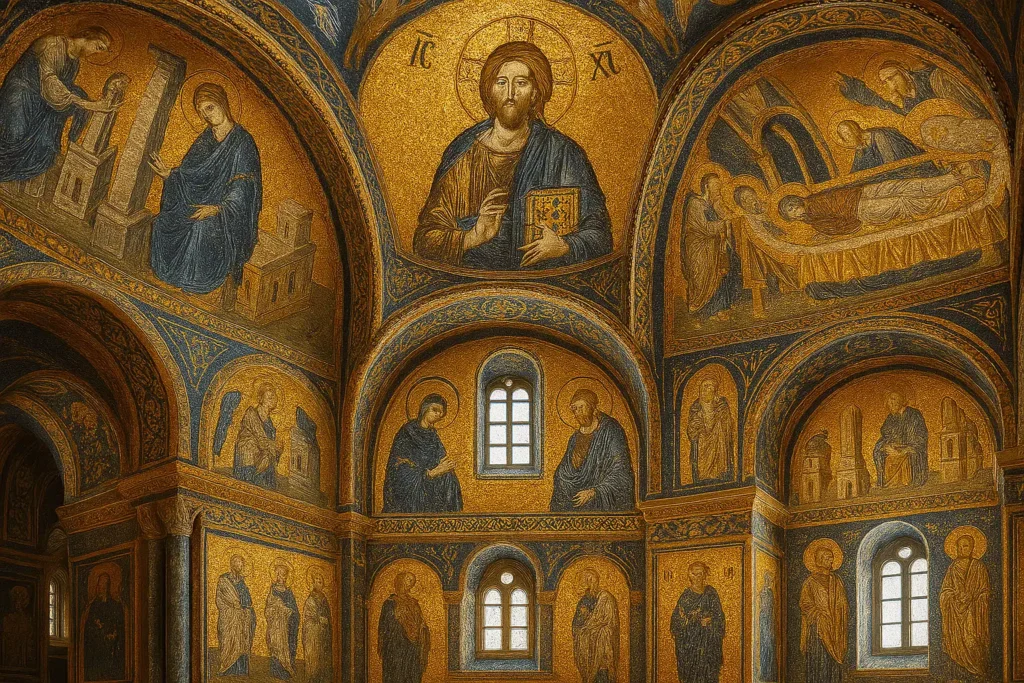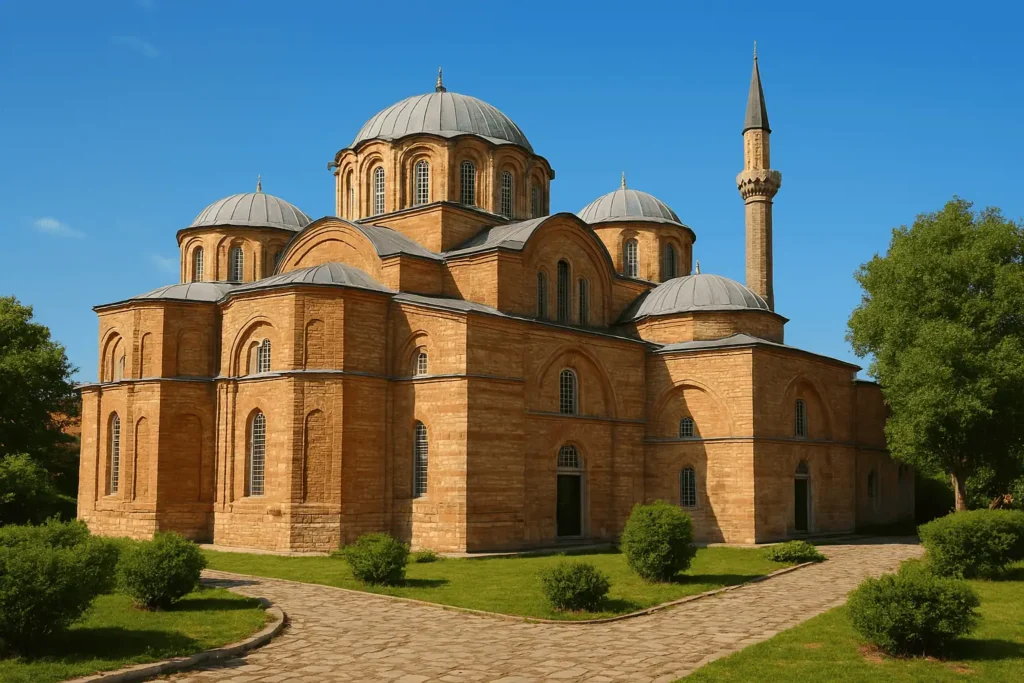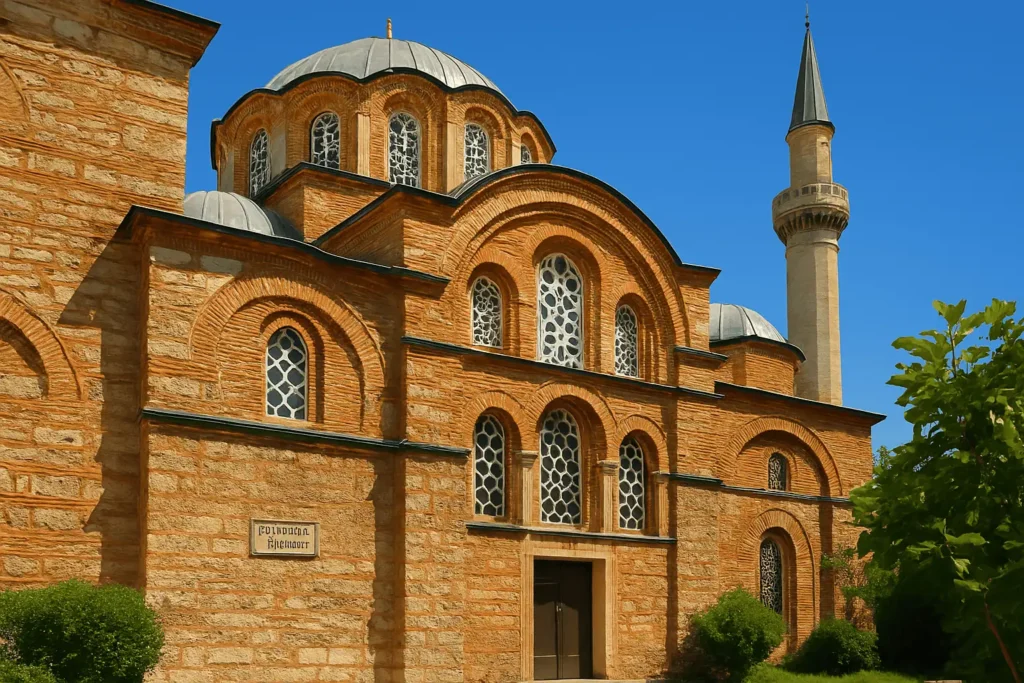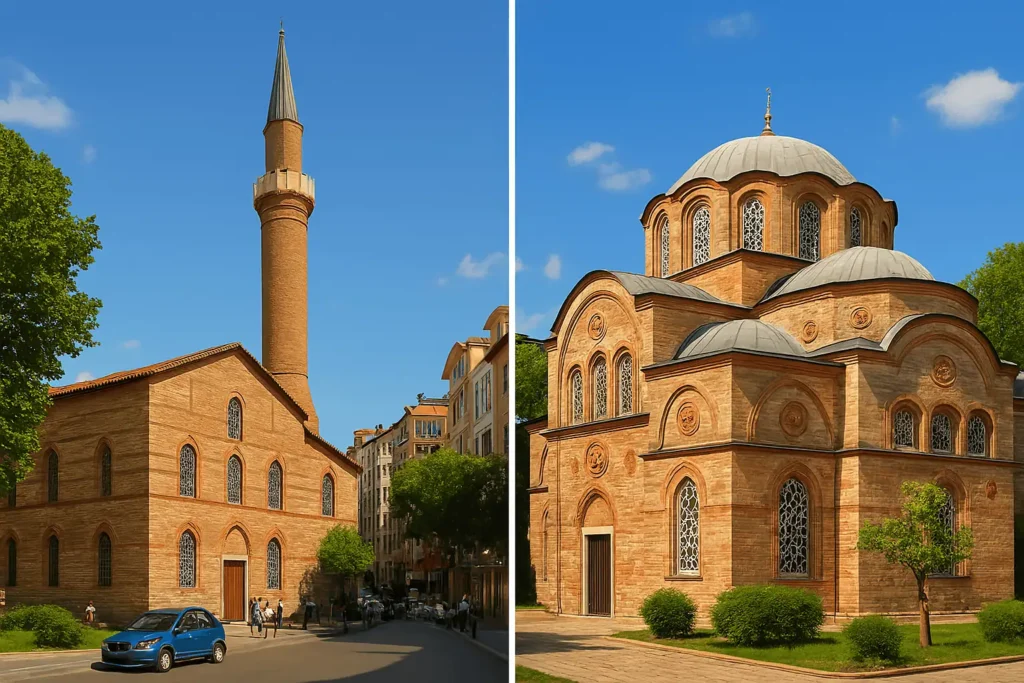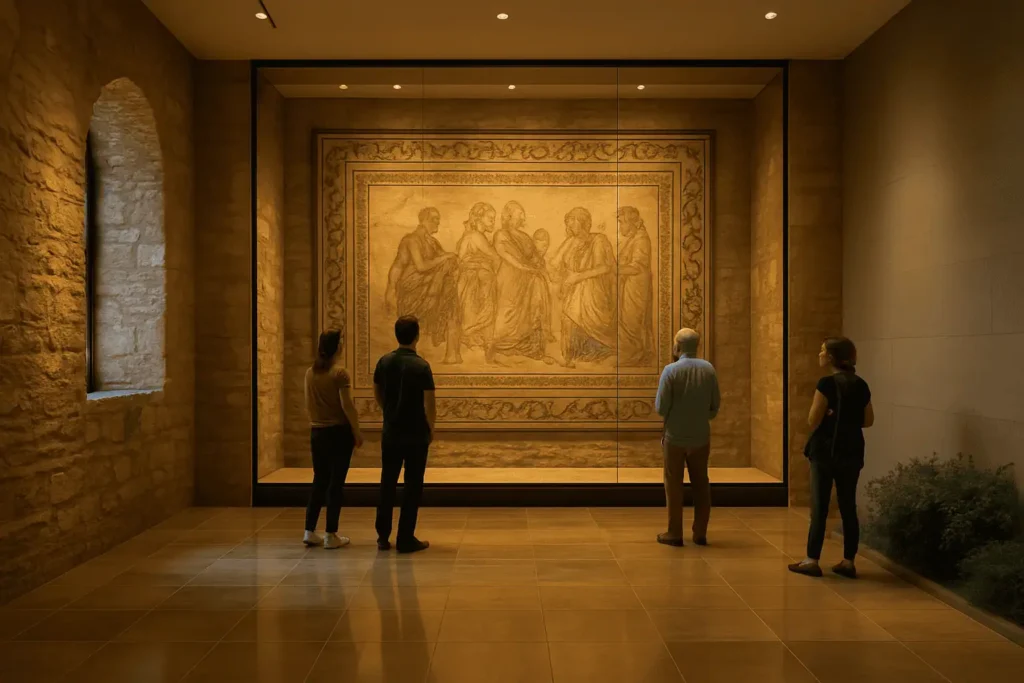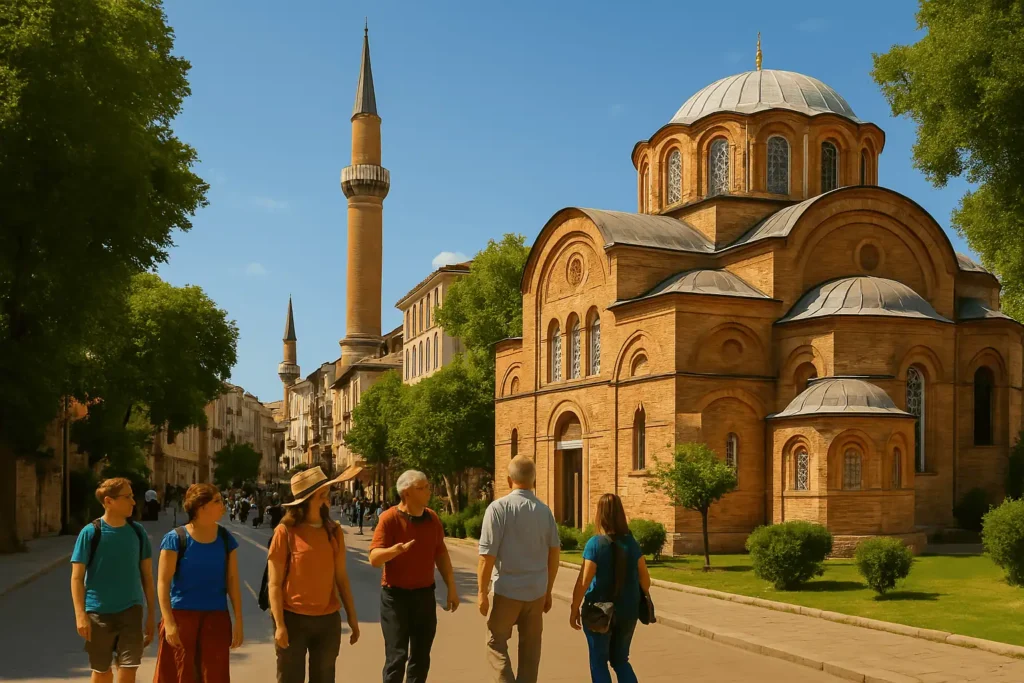Did you know some of Istanbul’s most beautiful mosques were once ancient churches?
This city, where East meets West, has witnessed the rise and fall of great empires. From the mighty Byzantine Empire to the powerful Ottomans and into the modern era, Istanbul has always been a city of transformation. One of the most fascinating parts of its history is how many ancient churches turned mosques in Istanbul still stand today, each holding stories from different ages.
In this blog, we’ll explore these sacred buildings, their unique architecture, and the rich cultural history behind their transformation.
Why Were Churches Turned Into Mosques in Istanbul?
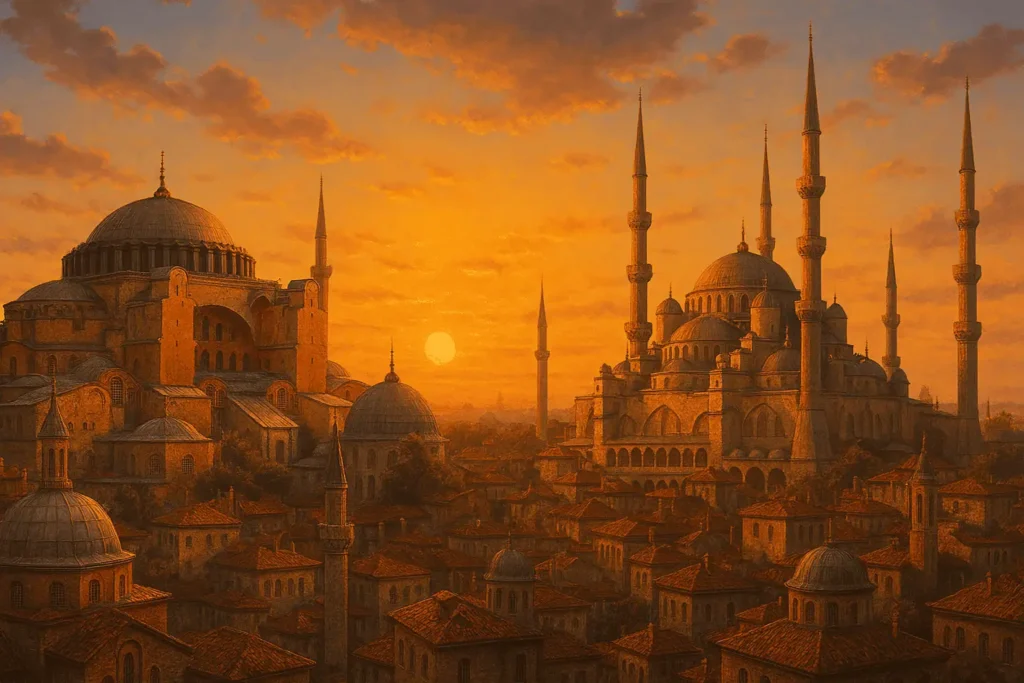
The story begins in 1453, with the Fall of Constantinople. This historic event marked the end of the Byzantine era and the beginning of the Ottoman conquest. When Sultan Mehmed II entered the city, he declared it the new capital of the Ottoman Empire. With this change came a natural shift in religious and cultural life.
Many of the city’s largest and most beautiful churches were still in use. Instead of destroying them, the Ottomans chose to preserve and transform these grand structures into mosques, creating the famous ancient churches turned mosques in Istanbul. This was a common practice at the time and reflected the traditions of conquest across many civilizations.
The religious transformation of these buildings allowed them to remain active places of worship. Islamic features like mihrabs and minarets were added, while much of the original architecture and artwork was kept intact. This respectful blend of two faiths helped shape the unique look of Istanbul’s skyline today.
Chora Church (Kariye Mosque)
Tucked away in the Edirnekapı neighborhood, the Chora Church is one of Istanbul’s finest examples of Byzantine architecture. Originally built in the 5th century, it was rebuilt and expanded during the 11th century, becoming a masterpiece of religious art.
What sets Chora apart are its stunning mosaics and frescoes, created during the 14th century. These artworks beautifully depict scenes from the life of Jesus and the Virgin Mary, with incredible detail and vibrant colors that still shine today.
After the Ottoman conquest, the church was converted into a mosque, known as the Kariye Mosque. In the 20th century, it was turned into a museum to showcase its Christian art. In 2020, it was reconverted into a mosque, making it one of the most famous ancient churches turned mosques in Istanbul. Visitors are still welcome and can view many of the mosaics, which have been carefully preserved.
Today, a visit to Kariye offers a rare chance to see how two great cultures—Byzantine and Ottoman—met under one roof. It’s peaceful, less crowded than major tourist spots, and rich in history.
Zeyrek Mosque (Pantokrator Monastery)
The Zeyrek Mosque, once known as the Monastery of Christ Pantokrator, is one of the largest religious buildings remaining from the Byzantine period in Istanbul. It stands as a remarkable example among the ancient churches turned mosques in Istanbul, built in the 12th century to serve as a complex of churches and a hospital, showcasing the architectural and social strength of the Byzantine Empire.
After the Ottoman conquest, the monastery was converted into a mosque in the 15th century. Like many similar buildings, its structure was preserved, while Islamic features were added. The brickwork and dome design reflect a perfect blend of Byzantine craftsmanship and Ottoman adaptation.
Today, the Zeyrek Mosque stands as a powerful symbol of the city’s layered history. Although it has been undergoing restoration for several years, parts of the mosque are open to visitors. The peaceful atmosphere and ancient charm make it a meaningful stop for anyone interested in the spiritual and architectural heritage of Istanbul.
Fethiye Mosque (Church of Theotokos Pammakaristos)
The Fethiye Mosque was originally built as the Church of Theotokos Pammakaristos in the 11th century. It was one of the most important religious centers for Orthodox Christians during the late Byzantine period, known for its beautiful mosaics and detailed architecture.
After the Ottoman conquest, the church was converted into a mosque in 1591 and renamed Fethiye Mosque, becoming one of the notable ancient churches turned mosques in Istanbul. Despite this change, part of the original church design still remains visible today, offering visitors a glimpse into its Christian past.
Walking through the mosque, you can admire the blend of Byzantine and Ottoman styles, making it a unique site that tells the story of Istanbul’s rich religious history.
Other Notable Examples
Arap Mosque
The Arap Mosque was originally built as a Roman Catholic church by Dominican monks during the Crusades. Located in the historic Beyoğlu district, it was later converted into a mosque. Today, it stands as a symbol of Istanbul’s diverse religious past and the blending of different cultures.
Gül Mosque
The Gül Mosque, one of the ancient churches turned mosques in Istanbul, is believed to have once been the Church of St. Theodosia, dating back to the Byzantine era. Its exact history is a little unclear, but the mosque’s unique architecture reflects this rich heritage. The name “Gül,” meaning “rose,” adds a poetic touch to its story.
Both of these sites remind visitors that Istanbul’s history is full of surprises. Each building tells a story of faith, change, and respect across centuries.
Cultural Respect and Preservation
Turkey has worked hard to preserve the historic elements of these ancient buildings, keeping their unique mosaics, frescoes, and architecture visible to visitors. This careful preservation allows both the Byzantine Christian and Ottoman Islamic histories to be honored side by side.
Recognizing the importance of both faiths’ stories helps us understand Istanbul’s rich and complex identity. The ancient churches turned mosques in Istanbul are not just places of worship; they are living symbols of respect, tolerance, and cultural blending that have shaped the city over centuries.
By promoting cultural tourism and education, Istanbul invites visitors to appreciate its shared heritage, encouraging peace and curiosity rather than conflict. Exploring these sites gives us a chance to connect with history in a way that celebrates diversity and unity.
Visiting Tips and Tour Ideas
To enjoy the ancient churches turned mosques in Istanbul without the crowds, try visiting these historic sites early in the morning or on weekdays. These times offer a quieter, more peaceful experience, perfect for taking in the history and beauty at your own pace.
If you plan to take photos, remember to avoid using flash, as it can damage delicate mosaics and frescoes. Also, be respectful of prayer times if the building is actively used as a mosque—quiet and modest behavior is appreciated.
For a deeper understanding, consider joining a private historical walking tour. A local expert can guide you through these sites, sharing stories and details you might miss on your own. Book your private tour here and discover Istanbul’s hidden layers of history.
Conclusion
The ancient churches turned mosques in Istanbul are more than just beautiful buildings—they are living stories of the city’s rich past. Their stunning mosaics, unique architecture, and peaceful atmospheres offer a glimpse into centuries of history and faith.
Istanbul truly is a living museum where Byzantine and Ottoman legacies coexist, inviting every visitor to explore beyond the well-known landmarks. By visiting these historic sites, you can connect with the deep cultural layers that make this city so special.
If you want to experience the magic of ancient churches turned mosques in Istanbul, don’t hesitate to explore them with curiosity and respect. They are treasures waiting to be discovered.

